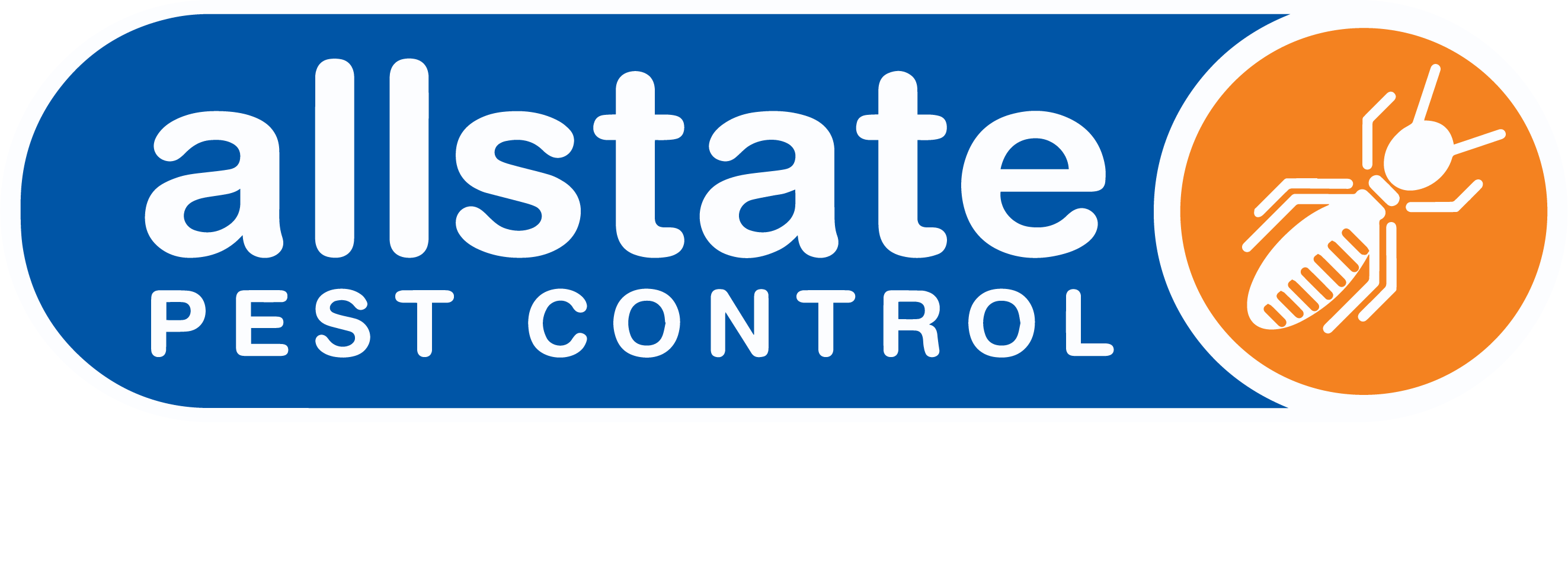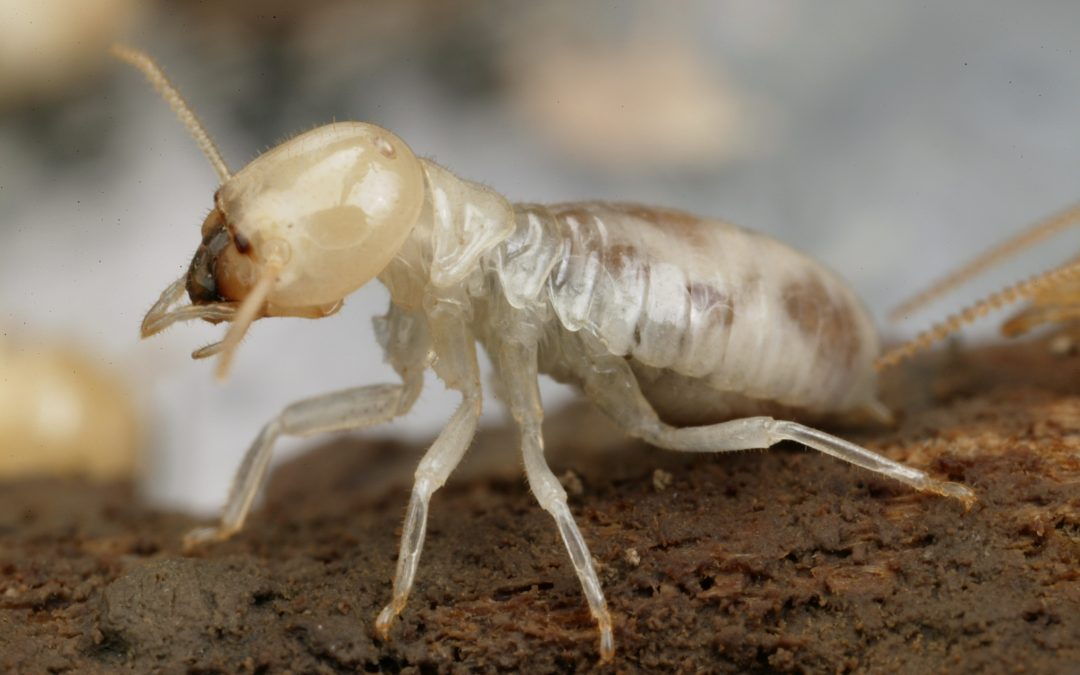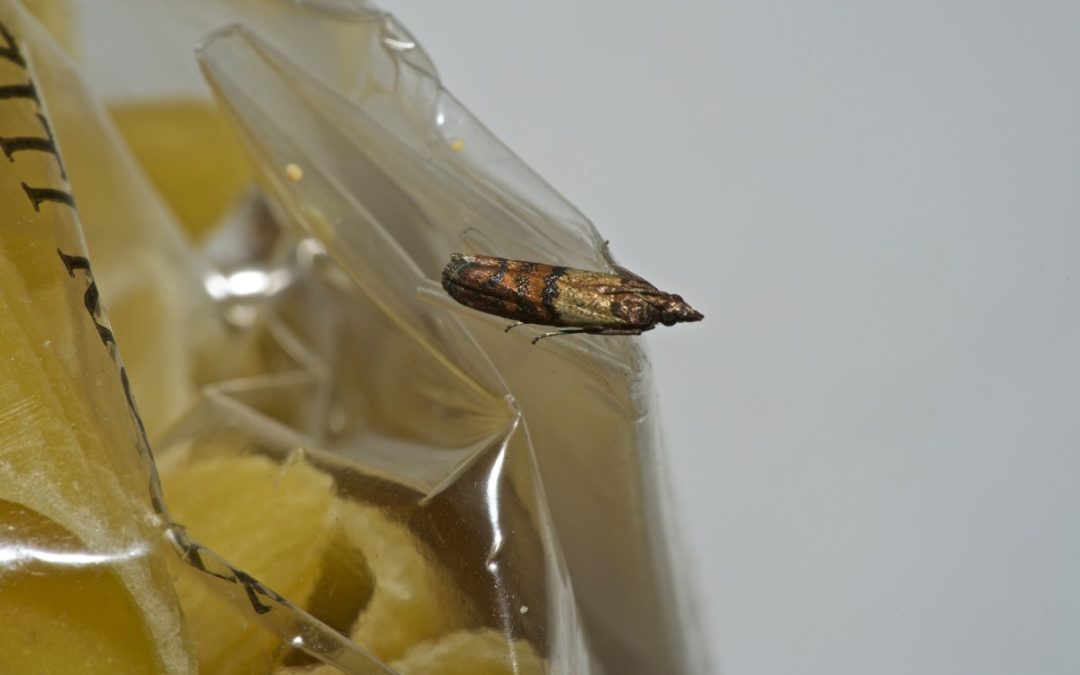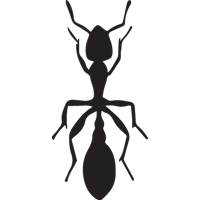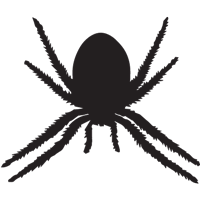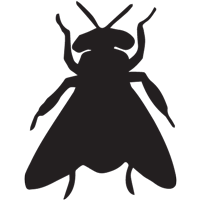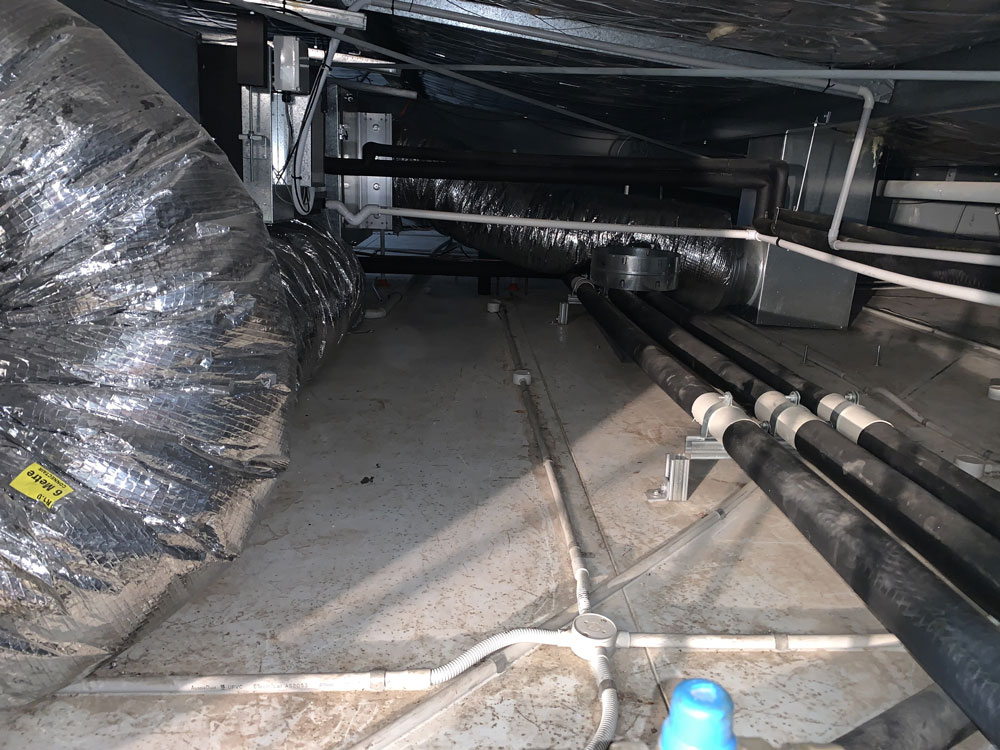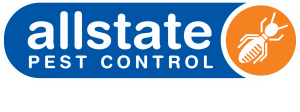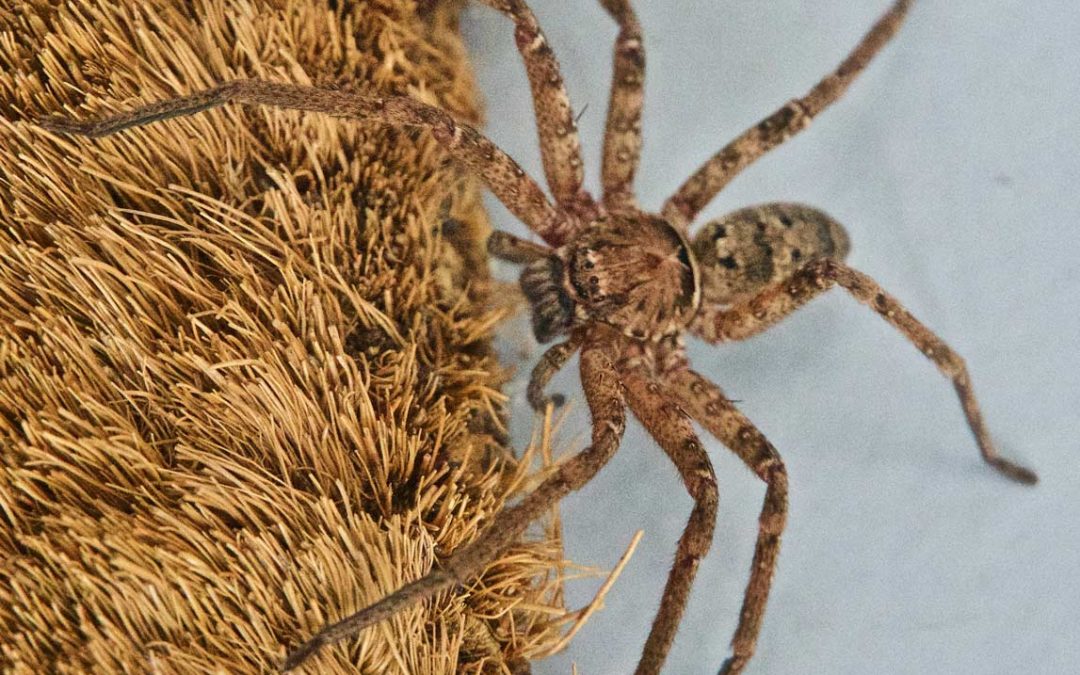
How to manage spiders this spring
HOW TO GET RID OF SPIDERS THIS SPRING
Now that spring is upon us, have you been noticing more spiders around your house? Chances are, they were actually there for months, quietly hiding throughout winter. As they emerge from hibernation looking for food, you’ll notice messy, sticky cobwebs and even insects (spider food!) crawling around the place. As female spiders can lay hundreds of eggs, it doesn’t take long for an outbreak to happen.
If you’re keen to safeguard your house from a spider outbreak this spring, we’ve shared our top recommendations on how to keep spiders away and manage them indoors and outdoors.
What questions will this article answer?
Why are there so many spiders in the house?
Spiders seek the warmth and shelter provided by your home during winter and then become more active and visible in spring. With females known to lay hundreds of eggs, outbreaks can happen fast.
What is the fastest way to manage spiders inside?
We recommend using insecticide aerosol sprays, spider catchers, removing spider webs and laying spider traps.
How to manage spiders outside
You can apply diatomaceous earth, insecticide aerosol sprays, prevente other insects and reduce the availability of hiding places through regular garden and yard maintenance.
What will keep the spiders away naturally?
For non-toxic deterrents, use essential oil and vinegar sprays, cover entry points, check outdoor furniture and belongings carefully before bringing them inside, keep your home tidy, use insect repellent light bulbs and switching off all unnecessary lights.
How does spider pest control work?
Spider control usually begins with a thorough inspection to assess outbreak and investigate potential sources. Your pest technician will then apply treatment consisting of insecticide or pest control dust tipped inside gaps, holes and crevices. For severe outbreaks, a follow up replenishing treatment may be needed.
Choose Allstate for long-lasting protection from spiders this spring
With a thorough knowledge of common spider species and behaviour, we have long term solutions to keep your home protected from spiders. We use only the latest technology and treatments which are non-toxic to children, pets and the environment.
Why are there so many spiders in the house?
Though most of us are used to seeing an odd spider here and there, it’s certainly an unpleasant surprise to discover that there are actually many more than usual. However, it’s very likely that they were there all along, cleverly hidden away. Let’s go through some possible explanations as to why these pesky creatures have chosen to make your house their home.
Hibernating in your home
In winter, spiders are usually attracted to the warmth and shelter provided by your house and settle in dark, less frequented areas. They will often crawl through tiny access points including holes, gaps, cracks and crevices in roofs, walls and screens to gain entry.
Come springtime, as the days become longer and warmer weather sets in, the spiders inside your home that have been quietly hibernating over the winter months begin to emerge for breeding season. With females known to lay hundreds of eggs, this is a sure sign that you could soon have an outbreak on your hands.
Hitchhiking from the outdoors
In some instances, you may accidentally introduce spiders inside by letting them, or unhatched eggs, hitch hike on equipment that you’ve brought inside, including camping gear, outdoor furniture, firewood and toys.
Keeping up with regular yard maintenance reduces the number of available hiding places for spiders to breed and nest. You’ll need to trim back trees, shrubs and plants that are near or touching the sides of your house.
Spiders may also be drawn to your home because of the availability of their preferred food source: insects. This includes moths, flies and mosquitoes, indicating that you may potentially have an insect outbreak at the same time.
To detect early signs of a spider or pest outbreak and prevent it from escalating, we recommend being proactive by scheduling routine professional spider control treatments.
Stuck with spiders? Our expert team is ready to help you now.
 or
or
What is the fastest way to manage spiders inside?
For serious infestations, it’s best to get in touch with a spider control professional
to ensure the problem is completely resolved. However, if you’re only noticing a few more spiders than usual, here are some simple DIY methods to manage them easily:
Insecticide aerosol sprays
A fast and effective way to remove pesky spiders indoors, store-bought insecticides can be applied directly to spiders and are readily available from supermarkets and hardware stores. The major advantage to using an aerosol is that you have precise control of the direction of the spray and it can access small, hard to reach places. They also leave a residue which can give longer lasting protection.
Spider catcher
Consisting of a bristles located at one end of a stick, and a pistol grip at the other, this handy device enables you to easily trap and release spiders outside with minimal harm.
Remove spider webs
The presence of webs can attract more spiders, so it’s best to either wipe them away and clean the area with a damp cloth. You can also use a duster or a vacuum cleaner to remove them.
Spider traps
Laced with an attractant to trap insects on the adhesive surface, glue traps are a simple and inexpensive method to remove spiders. With many non-toxic and odourless options available, you can easily lay them out in any areas of your home that are regularly frequented by spiders.
How to manage spiders outside
The best way to keep your spider population down is to make it a less attractive home for them. You can do this by limiting the number of hiding spots and available of food sources. Consider these options to reduce the number of spiders outside your home:
Diatomaceous earth
A natural and environmentally friendly product that is easily found at hardware stores, food grade diatomaceous earth can be safely sprinkled around outdoor areas used by pets and children. This powdery silica substance contains sharp edges that can damage the exterior covering of spiders, causing them to die from a loss of moisture.
Reduce potential hiding places
With regular garden and yard maintenance, you will significantly reduce the risk of a spider outbreak. We suggest:
- Keeping plant pots clear
- Trimming away excess vegetation growing close to your building including tree branches, shrubs, bushes, foliage and vines
- Storing firewood away from the building
- Keeping outdoor furniture, equipment and shoes covered if not in use
Insecticide aerosol sprays
You can purchase larger quantities of aerosol spray from hardware stores and apply it more liberally outdoors over a wider area. However, use with caution around children and pets.
Eliminating insects
As spiders primarily feed off insects, it’s helpful to keep away as many as possible including flies, moths and mosquitoes. Learn more about how Allstate can control flies here
What will keep the spiders away naturally?
There are several options available if you prefer to use non-toxic ways of preventing spiders.
Essential oils such as peppermint, lavender and tea tree are thought to be highly effective. You can use them with an oil diffuser or simply place 15-20 drops of your preferred oil into a spray bottle and fill with water. This mixture can be applied to affected areas on a regular basis.
Vinegar can be mixed with water at a 1:1 ratio in a spray bottle and applied to affected areas, but due to its corrosive nature take care when applying.
Covering vents and installing mesh screens over windows and doors can go a long way towards keeping out unwanted insects. Ensure you keep then clean and free from holes so that they remain effective.
Sealing all entry points such as crack and crevices is a key method to reduce access to your home. Covering gaps underneath doors and around windows with draught excluders helps prevente entry points.
Spiders can easily hide inside shoes, toys, furniture and sports equipment so give your belongings a good shake and check that you have removed spiders before they come inside your home.
Keep your house clean and tidy by removing clutter and dusting and vacuuming thoroughly, including all the corners, under and behind furniture. Immediately remove any spider webs that you encounter.
Carefully check dark and less frequented areas of your home for spiders, as they give ample opportunities for spiders to hide and lay eggs. Don’t forget to look underneath and behind furniture, and if possible, make sure to clean these places regularly as well.
As insects are attracted to lights, spiders may notice an abundance of their preferred food source, and also be drawn indoors as a result. Switch off unnecessary lights to avoid this from happening.
Available at hardware stores, insect repelling lights consist of globes covered in a green, yellow or red coating. They are thought to be highly effective at deterring insects.
How does spider pest control work?
At Allstate, our technicians are highly trained and fully equipped to tackle spider outbreaks of any size. We can assess if you have a simultaneous insect outbreak and come up with a fast and targeted treatment plan that causes minimal disruption to your home and business.
We normally begin by conducting a thorough assessment of the outbreak and investigate potential sources. By combining these findings with our knowledge of spider species, we can then put together a tailored treatment plan.
Our preferred spider removal treatments primarily include using insecticide applied to treated zones around the perimeter of the building, as well as spider control dust tipped inside gaps, holes and crevices. We take care to only use products that are safe for children, pets and the environment.
For severe outbreaks, a follow up replenishing treatment may be needed, and we are on hand should any urgent problems arise.
For fast spider removal, speak to our expert team
 or
or
Choose Allstate for long-lasting protection from spiders this spring
If you’re experiencing an unexpected spider outbreak this spring, Allstate is here to help. Our technicians understand how stressful and disruptive it can be even when you’re only noticing a few more spiders than usual.
As Australia’s largest pest control company, we have more than 30 years’ experience in managing spider issues in commercial, residential and industrial settings. With a thorough knowledge of common spider species and behaviour, we have long term solutions to keep your home protected from spiders. We use only the latest technology and treatments which are non-toxic to children, pets and the environment.
All of our services come with a 100% money-back satisfaction guarantee, and are covered by competitive warranties. We offer interest-free payment plans so you can enjoy the warm weather in spring without having to worry about spiders crawling around.
